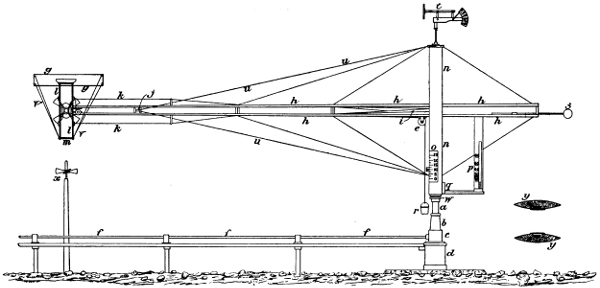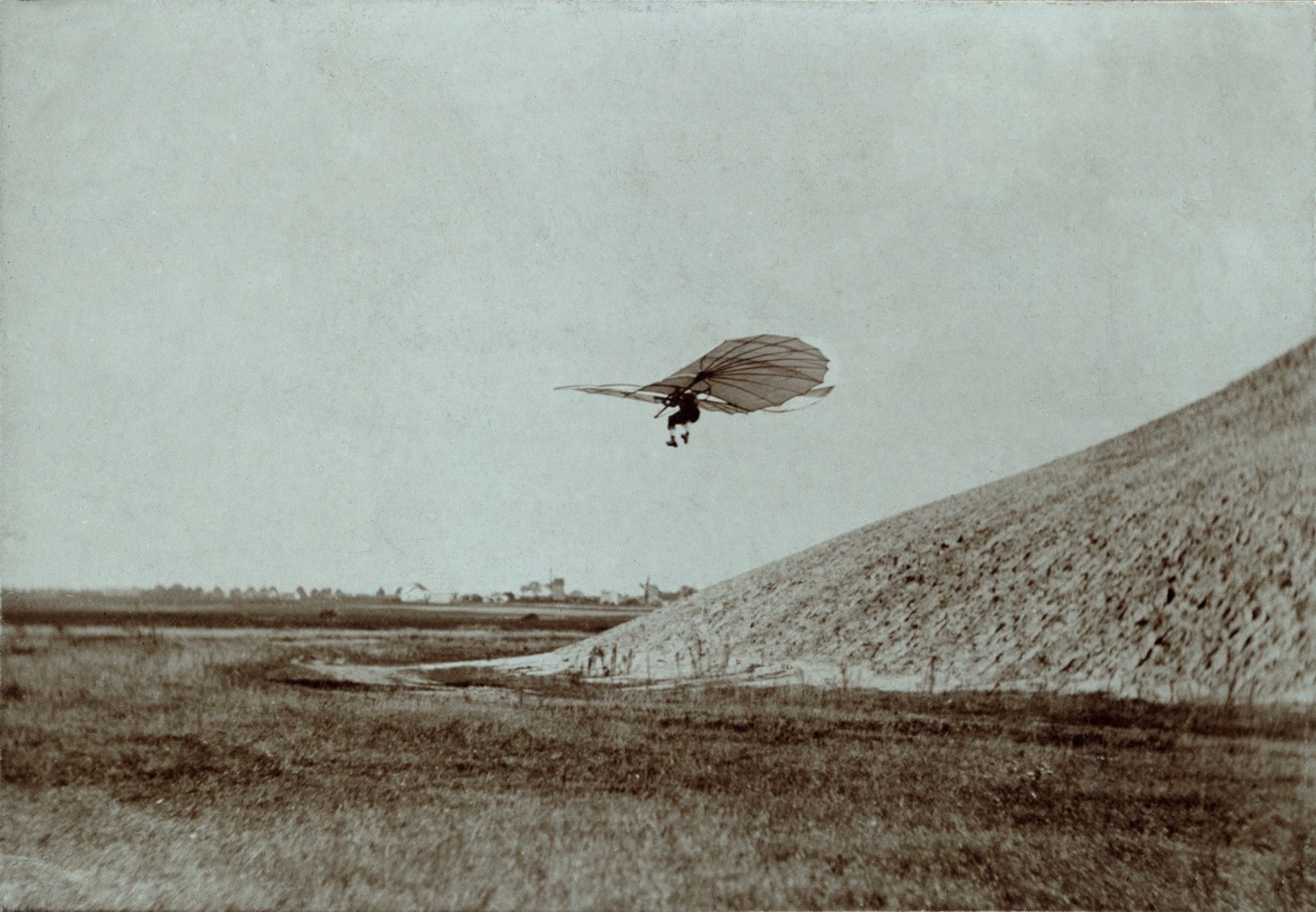Leeham News and Analysis
There's more to real news than a news release.
Bjorn’s Corner: Aircraft drag reduction, Part 3
Nov. 3, 2017, ©. Leeham Co: In the previous Corner, we described how the aeronautical pioneers gradually uncovered what held them back from flying their gliders and airplanes successfully.
They knew they needed lift to fly. And to generate lift, birds taught them wings were needed. What they didn’t understand was why their winged contraptions lost speed and crashed when they threw themselves out from hills or towers. They didn’t understand the relationship between lift and drag.
The further discovery of aircraft lift and drag
Otto Lilienthal (Berlin 1848-1896) was the first to systematically research the relationship between lift and drag. We showed his carefully made diagrams in the last Corner. They were the first diagrams of lift and drag, plotted in a way still used today, the drag polar.
We also described how induced drag was poorly understood. When the Wright Brothers used Lilienthal’s data (conveyed to them in tabular form and with no information on the wing shape used) to construct gliders, they got disappointing results. They built their gliders with stubby wings, not knowing that induced drag is dominant at low speed and that wide wings are needed to control induced drag.
Before we go deeper into how the Wright Brothers used a homemade wind tunnel to crack the problem, we shall describe how another scientist, contemporary with Lilienthal, got on the trail of induced drag and its effects.
It was the head of the Allegheny Observatory in Pittsburgh, Samuel Langley, astronomer and physicist, who got interested in how to create a flying machine. Being a gifted experimentalist, Langley built a large whirling arm (Figure 1) and collected much data, mainly on flat plates rotating at different angles of attack.

Figure 1. A 60ft (18m) whirling arm of the type Langley built at Allegheny Observatory 1890. Source: Gutenberg.org
Langley contributed several observations to modern aerodynamics:
- He observed flat plates with higher aspect ratio had higher lift and lower drag.
- He understood to make a successful airplane, he would need a propulsion that overcome drag times forward speed.
- He also stated his Langley law in his 1902 book Experiments in Aerodynamics: “A plane of fixed size and weight would need less propulsive power the faster it flew.”
Langley’s law caused a lot of controversy in aeronautical circles at the time. It was against all intuitive knowledge. Yet, it was what his experiments showed.
What Langley discovered was the back side of the power curve, Figure 2.
His experiments were done at low speed, where drag increases with reduced speed. Friction drag in this speed regime is low and the drag which dominates is induced drag, which increases with reduced speed.
This is known by everyone who learns to fly or who design aircraft. Pilots learn that if the speed is low, further reducing speed will make the speed drop even faster. If there is altitude missing on final approach, the first reaction is to increase power. Then lift the nose to gain altitude to regain the glide path. If one raises the nose without first adding power, the speed drops and it drops faster and faster. You are at the back of the power curve.
Aircraft designers know induced drag is the principal enemy of take-off performance. Once the aircraft has started rotation, induced drag shoots up. Friction drag, which is the dominant drag at high speed, is low. To take off from short airfields you need wide wings and strong engines.
Langley was a competitor to the Wright Brothers to achieve first manned flight, so there was no communication to them of his results. The fight between Langley and the Wright Brothers to understand drag, thereby enabling first manned flight, will be further described in next Corner.





Thanks Bjorn, I’m not in the industry, but am passionate about it all and read from the sidelines the machinations of the civil aviation business and I especially enjoy reading your Friday posts. Please keep them coming.
I miss the work of Francis Herbert Wenham ( first windtunnel 1871) and the the data derived thereof ( together with John Browning. especially on high aspect ratios) here.
The Wright Brothers seem to actually have been rather late to the game. Were they really tone deaf to research elsewhere?
Hi Uwe, it’s coming in the next week’s Corner when we discuss wind tunnels.
Great article!
According to the German Wikipedia Samuel Pierpont Langley visited Otto Lilienthal in August 1985. Five minutes of direct conversation is sometimes worth more than 500 emails.
There is also a nice table about tests by the Lilienthals (Otto worked closely with his brother Gustav):
https://upload.wikimedia.org/wikipedia/commons/9/92/LilienthalAuftriebsMessungen1874.jpg
Another invention by the Lilienthals:
https://en.wikipedia.org/wiki/Anchor_Stone_Blocks
Great series!
Correct date of visit is 1895.
You do a GREAT job with ALL your Bjorn’s Corner articles, but this one is particularly very informative and useful. In fact Bjorn, I mentor with youngsters and ‘oldsters’ on many aviation topics using information you have provided. FYI, I am a retired Aeronautical Engineer who worked for Pratt & Whitney for ~ 40 years, and a pilot that flew in the Air Force, Mass. ANG and owned/flew a Cessna 182 … for almost 60 years
Thanks Joel, great to know it’s appreciated. Then you have experienced the back of the power curve as well. As I was flying a delta (SAAB Draken) you really got to know it, the drag rise a landing speed was steep. Get a little bit low on approach and you pushed on a lot of throttle before you did anything with the pitch.
“Langley was a competitor to the Wright Brothers to achieve first manned flight”……
Clément Ader first in flight in 1893 Paris France
Hi Bjorn, I only recently discovered your series on aircraft drag. I’ve been flying for many years, currently own a Citabria.
I’ve read everything I can find on Wright Bros. & their work. Your articles are far more understandable than any others, for someone with limited math skills such as myself.
thanks for your efforts hope you can keep it up.